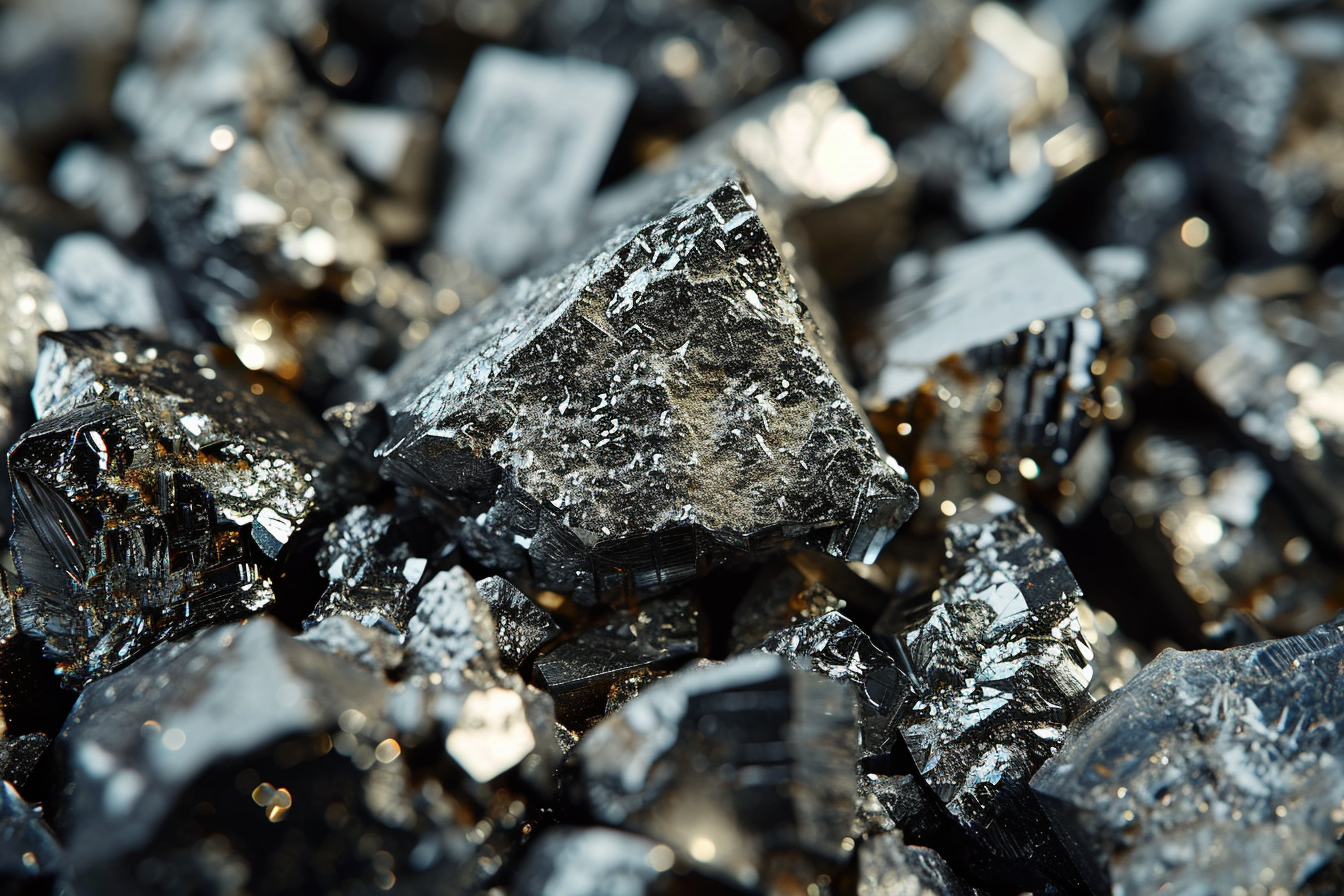What Is The Rarest Material In The World?
Technological progress continues and society must address a specific question: Which natural resource will become limited first? The consumption of minerals and metals increases due to demand for smartphones, computers and medical devices. This article examines data on the availability of selected elements. It challenges the notion of inevitable depletion by focusing on quantifiable consumption and the requirement for sustainable management practices.
Demystification of the Term "Depletion"
The common narrative on resource depletion suggests a future without the minerals and elements that support our technological systems. Expert assessments in natural resource management indicate that many important materials remain available in considerable quantities. However, the short‐term forecasts provided by these experts predict an urgent need for sustainable consumption and resource management practices.

The Essential Components of Modern Technology
Modern technological devices are constructed from a specified number of elements. A typical mobile phone contains between 60 and 64 elements. The list includes common metals such as copper, aluminium and iron. It also includes less abundant materials such as rare earth elements. Quantities of these rare substances may be only around 1 milligram, yet they are essential for proper device operation.
Rare Earth Metals and Their Relevance
Rare earth metals occupy an important position in technological applications. They are used in smartphones, hybrid vehicles, wind turbines and advanced computer systems. China currently accounts for 90 % of the global production of these metals. Projections indicate that if current consumption trends continue, the supply may become critical within the next 20 years.
Other Rare Materials
The discussion of material scarcity includes elements such as indium, which is used in touchscreens and LCDs; platinum, which is utilised in catalysts and in several medical applications; and silver for its roles in industry and electronics. Studies forecast that without significant changes in recycling methods, mining techniques and consumer patterns, these materials may reach a critical level of scarcity within 10 to 20 years. Additional elements such as rhodium, gold, tellurium and platinum are among those with low abundance relative to their economic significance. This scarcity necessitates strict resource management.

Questioning the Depletion Paradigm
Experts in industrial ecology review the claim that natural resource reserves may eventually run out. Thomas Graedel, Director of the Centre for Industrial Ecology at Yale University, has indicated that complete exhaustion of a natural resource has not been observed. He suggests that careful management and ongoing innovation could maintain access to necessary resources. This approach focuses on issues of accessibility and sustainable utilisation rather than solely on physical reserves.
Redefining Scarcity in the Modern Context
Resource scarcity should be defined by the challenges related to extraction and utilisation in relation to market demand. Scarcity is better assessed in terms of availability. Technological improvements, economic viability and geopolitical factors influence this availability. Therefore, improving access to key materials via innovation and sustainable practices remains vital.
Navigating the Future of Resource Management
The examination of the rarest substances provides measurable insights into broader challenges involving the sustainable access to the materials that underpin current society. Future efforts must combine improved resource management with further technological innovation and international cooperation, given that these measures support continued operations. This analysis promotes a review of consumption practices and resource management strategies. It proposes a more sustainable and equitable method for resource utilisation. Among material suppliers, Stanford Advanced Materials (SAM) offers access to the rare substances discussed herein. SAM contributes to the supply of materials that support current technological requirements and planned future developments. Entering the 21st century, utilising the available materials while maintaining environmental stability becomes increasingly significant.

 Bars
Bars
 Beads & Spheres
Beads & Spheres
 Bolts & Nuts
Bolts & Nuts
 Crucibles
Crucibles
 Discs
Discs
 Fibers & Fabrics
Fibers & Fabrics
 Films
Films
 Flake
Flake
 Foams
Foams
 Foil
Foil
 Granules
Granules
 Honeycombs
Honeycombs
 Ink
Ink
 Laminate
Laminate
 Lumps
Lumps
 Meshes
Meshes
 Metallised Film
Metallised Film
 Plate
Plate
 Powders
Powders
 Rod
Rod
 Sheets
Sheets
 Single Crystals
Single Crystals
 Sputtering Target
Sputtering Target
 Tubes
Tubes
 Washer
Washer
 Wires
Wires
 Converters & Calculators
Converters & Calculators
 Write for Us
Write for Us


 Chin Trento
Chin Trento



